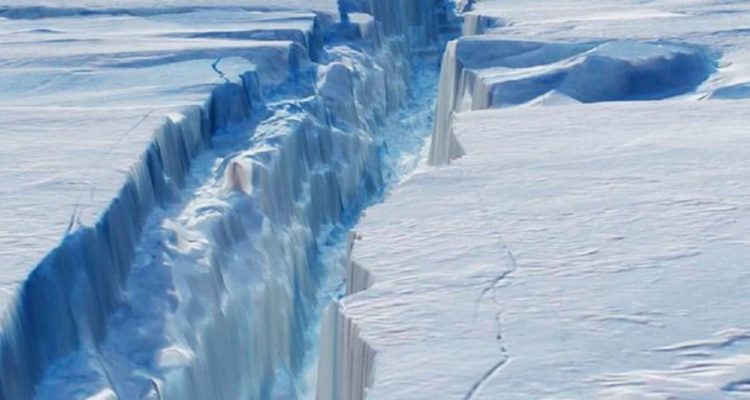In recent years, scientists have discovered that traces of Iron have speckled down on the certain regions of Antarctica from the outside of the solar system.
According to a scientific report published in Physical Review Letters, when the snow over the Antarctic-surface deposited two-decades-long ago was measured, about half a ton was found to be the interstellar iron. The team announced that it must have been generated by the detonation of supernovas or maybe the product of gigantic stars.
Almost 10 atoms of Fe-60 which is a radioactive Isotope of iron having the nuclei containing 60 protons and neutrons have been isolated from the snow. This isotope was also discovered on the moon and in ocean sediments as well and was thought to be debris of blasting waves produced by the explosion through space and still encountered by the Earth as revealed by the recent studies.
The snow was carefully handled and brought to the lab by Nuclear physicist of the Technical University of Munich, Gunther Korschinek and his colleagues. For identification of iron-60 further proceeding includes the melting, filtration, and evaporation of snow by using the Accelerator Mass Spectrometry technique.
Although the major source of iron-60 is the explosive Supernovas it’s not the only one and it is also known to be produced by the smash of cosmic radiations into the dust of the solar system. The amount of iron-60 in the snow compared by the team with the amount of manganese-53, another isotope produced by the cosmic rays to eradicate that explanation.
As a result, the iron-60 amount was more than manganese-53 and it is confirmed that the cosmic rays or supernovas are not the only sources and past nuclear weapons test might also have generated the iron-60 but that option was also ruled out by the same logic.
This gives us a clear indication that this stuff comes from outside of the solar system.
Gunther Korschinek beyond Solar system
In order to better understand the place of humankind in space, these results are really helpful. The result could help scientists better understand humankind’s place in space. Local Bubble, a low-density pocket of gas where the solar system is thought to exist. The bubble was thought to blast out by the shock waves generated by supernovas explosion. According to recent research solar system is currently known to exist in the Local Interstellar Cloud which is a denser region within the local bubble.
This cloud might also have been formed by the supernovas as suggested by the detection of iron-60 deposits. One of the astrophysicists who wasn’t involved in the research of Brian Fields of the University of Illinois at Urbana-Champaign conclude the results as
It’s telling us about the recent history of our whole neighborhood in the galaxy and about the lives and deaths of massive stars.

Iqra Bibi is BS BIOCHEMISTRY student at Quaid e Azam University. She is serving YOLO as an academic Secretary and Also part of the event management team of various non-profit organizations. She loves to write Urdu poetry and work for its promotion through her Youtube channel “Harf e Junoon”. Her hobbies include novels and book reading.

